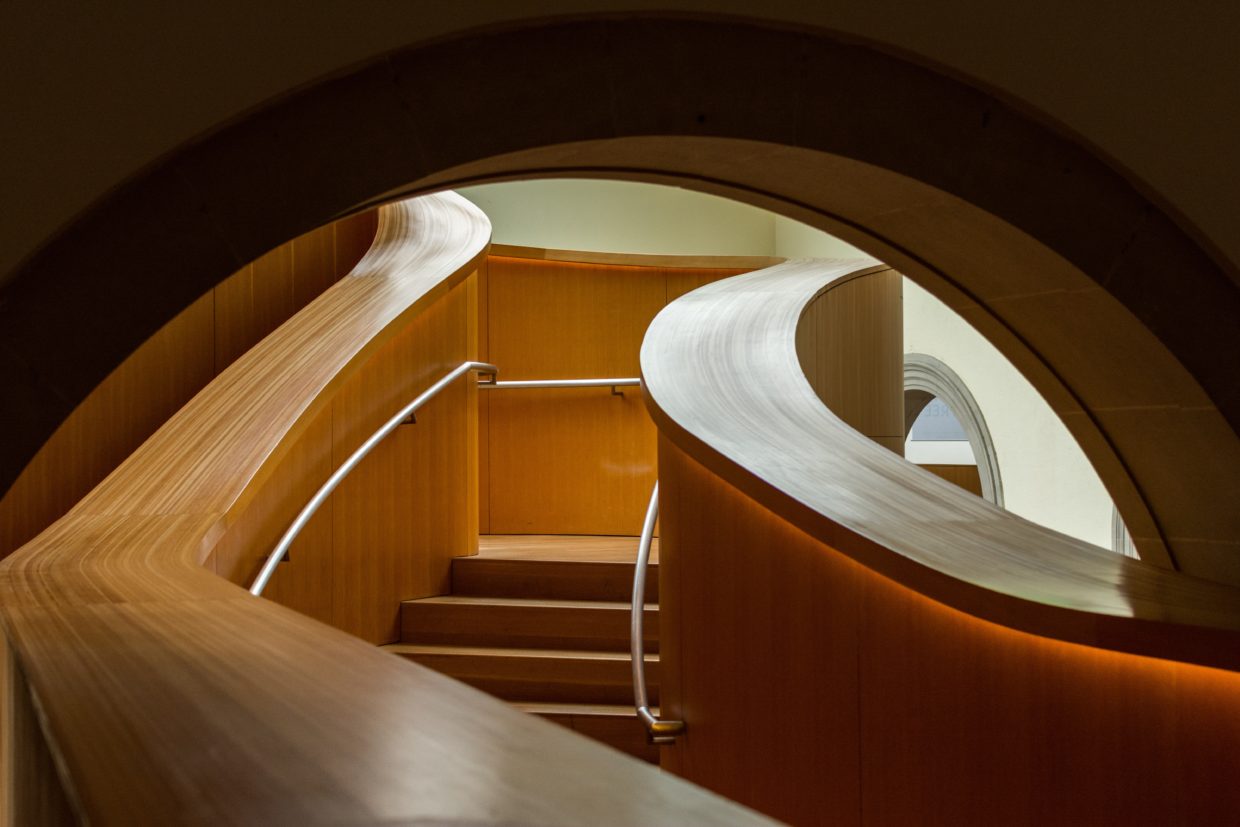Is mass-engineered timber architecture the way to go for Malaysia?

As an architect, you’re always searching for the latest technology and game-defining solutions to shake up the industry.
With the construction industry being one of the largest contributors to the carbon footprint, where many of the components like steel and cement consume a lot of energy, companies are turning to sustainable and green construction solutions.
This is an exciting period where we assess the value of these practices based on environmental benefits versus cost, consumer acceptance and compliance with authorities.
The ambition of Singapore’s Nanyang Technological University (NTU) to construct Asia’s largest wooden building over the next five years is certainly one project my team and I will be monitoring closely here at Gamuda Land.
Designed by RSP Architects Planners and Engineers, the building will be constructed using mass-engineered timber technology, with materials taken from renewable forests and prefabricated for on-site installation. It’s quite intriguing.
Is this new?
Two years ago I attended a conference in Singapore about sustainable construction and there were already companies in Sweden and Denmark showcasing high-rises, commercial buildings and residential towers completely made from timber.
Of course, in Europe and North America, they have greater supplies of soft wood, making it easier and more cost-effective to do so.
So, what NTU in Singapore is doing is not necessarily new, but they are the first to bring this kind of thinking to Southeast Asia.
The perks of timber is that it has a negative carbon footprint. Not only is it friendly to the environment to produce, it absorbs carbon and it takes very little energy to assemble. What’s more pertinent is that converting timber into a building material has come on in leaps and bounds.
Previously, timber had limitations in strength compared to steel or concrete. But with the advent of glued laminated timber technology, or glulam (layers of dimensioned wood bonded together with adhesives), the ability to build columns, beams and girders is now there.
This means that you can now create the same type of space using timber, which 20 years ago would have been a lot more challenging.
What’s the next step?
The main challenge associated with widespread timber construction in Asia is still cost.
Like with anything new on the market, there is no economy of scale. So, these mass timber projects are likely to be expensive for the near future.
• Timber import costs
• Logistics
• Improvements to the local timber industry
• Farming trees
For that reason, Singapore is well placed to be the testing ground in the region for such a project. But the challenges don’t end there.
Just because timber is a “super green” product, doesn’t mean it is suitable for all climates. In our part of the world there’s high humidity, lots of rainfall and pests.
So, while on a best-case scenario it may sound brilliant, what we and NTU have to address are the practicalities and durability.
Then there’s consumer acceptance and compliance with the authorities. In other words, are the consumers educated to be receptive to this new construction method and does it meet the construction and safety laws of this country?
So, getting a balance between all these factors is key in determining whether mass-engineered timber will be a viable, long-term solution here in Malaysia.
What are we doing?
At Gamuda, we’re placing a large emphasis on the development of sustainable construction practices that will service the entire industry in Malaysia.
The first step in the right direction is digital IBS (Industrialised Building System) which we are already championing with Gamuda IBS. Then there’s green concrete technologies.
But from a design perspective, we have to be flexible in our thinking and not rule anything out, which is what makes the NTU project so interesting.
When I first heard of timber-based architecture at the conference, I was fascinated by its potential, but doubtful as to whether we would have the market here and whether we could extend the technology to build high-rises.
But despite the challenges, perhaps we just have to wait three or four years for everything to fall into place.

